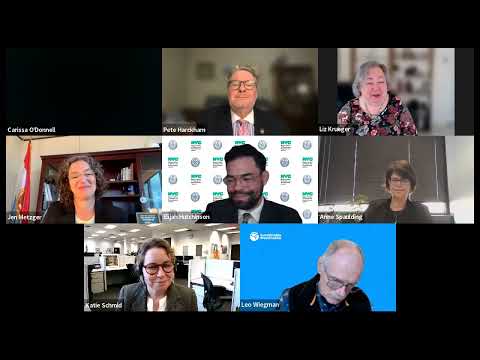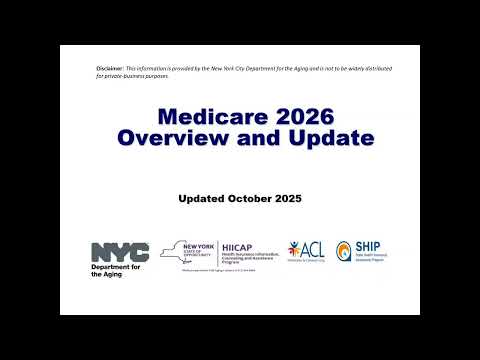
Testimony Submitted to the New York State Public Service Commission Regarding Proposed Con Edison Electricity Rates and Regulations on January 18th, 2005
Liz Krueger
July 12, 2010
On December 14th, 2004, the New York State Public Service Commission (“PSC”) solicited comments regarding proposed electricity delivery rates for Consolidated Edison Company of New York, Inc. (“Con Edison,” “Con Ed”) (case 04-E-0572). After reviewing the joint proposal (“JP”), I urge the PSC to reject it entirely because the JP fails to meet the statutory requirement of negotiated settlements codified in section 3.9 in volume 16 of the New York Code Rules and Regulations (16 NYCRR § 3.9) and adequately balance the interests of ratepayers and Con Edison.
The JP fails ratepayers in a number of ways, and most of these inadequacies owe to the proposal disproportionately favoring the needs and demands of Con Edison. First, the JP adopts a seemingly arbitrary three-year timeframe that was suggested by Con Edison yet appears to be devoid of consumer-protection considerations. Under the JP, ratepayers would endure escalating rates in the first rate-year (April 1, 2005 to March 31, 2006) and the third rate-year (April 1, 2007 to March 31, 2008), with the increases totaling roughly $532 million. Two-thirds of this total would come from the third-year revenue requirement increase, and this sort of price volatility—especially given the absence of any cap on energy commodity prices—will significantly harm ratepayers. The JP also neglects to mandate that Con Edison maintain accurate demand projections and establish a procurement schedule, or portfolio, that maximizes price stability by seeking to secure long-term rate agreements. Con Edison already has a deplorable record of spot-market reliance and its rates, given the higher commodity costs, are higher than almost all other utilities. As demand increases and supply grows at a slower rate, spikes in commodity prices experienced in the third rate-year could be passed through to ratepayers on top of the scheduled delivery-charge increases.
The JP also places Con Edison’s needs ahead of low-income ratepayers. New York State Department of Public Service (“DPS”) staff testified that any delivery rate proposal would have to preserve a low-income ratepayer plan because lower-income customers generally experience energy costs to consume 15- to 20-percent of their respective incomes. Middle- and upper-income ratepayers generally see energy costs comprise between just 1- and 5-percent of their respective incomes. DPS staff also testified that many low-income customers must often: sacrifice their ability to pay for other essentials (food, housing) in order to pay for energy; live in energy inefficient housing; and are more likely to be unable to pay bills. In response, and on top of the $532 million increase experienced by all ratepayers, the JP would raise monthly payments for low-income ratepayers from $5 to $6 (a 20-percent increase), effectively targeting a population already disadvantaged, less likely to pay bills, and often incapable of meeting its basic needs. The proposed settlement would also cut the roster of programs under which one could qualify for low-income assistance from nine to five programs. It seems unconscionable, if not a patent violation of 16 NYCRR § 3.9’s spirit, to ask that low-income customers assume Con Edison’s unspecified costs.
Honestly, this proposal is filled with instances of Con Edison making token concessions and getting its way at the expense of ratepayers and the public at large. Instead of promoting price stability and ensuring consumer confidence, the JP will ignore ratepayer needs and allow unforeseen energy costs and commodity-price volatility to persist; instead of promoting real retail access and competition, the JP will insulate Con Ed from commodity accountability and leave ratepayers with limited choices and the same high costs; instead of instituting mutually beneficial demand management requirements, the JP allows Con Edison to receive full reimbursement from its customers for costs incurred while attempting to reach load-reduction goals. Throughout the JP, the most resonant theme is that in every instance, ratepayer needs and considerations were unjustly superseded in favor of Con Edison’s.
Beyond the content of the document, I also have reservations about the JP that lead me to advise against its adoption because it does not fully account for all of Con Edison’s projected income. Pending a zoning change that must still be formulated and then pass through the New York City Department of City Planning Uniform Land Use Review Process, Con Edison stands to receive at least $300 million—and likely closer to $550 million—after it disposes of its off-line steam plant operation in Midtown Manhattan at the Waterside site. I did not see this matter considered during the deliberations regarding electricity delivery rates. My understanding is that the money earned from the sale of the land will be used as part of Con Ed’s East River Repowering Project. While that transaction may have a limited impact, if any at all, on this rate case (and I realize that it was adjudicated through an independent action), I do think that the land disposition and the subsequent capital infusion warrant mention in this preceding because Con Edison is anything but a hardship case. The relative lack of compromise required of Con Edison in the JP is disappointing given the company’s ignored revenue streams and complicated financial structure.
I applaud the PSC for continually striving to implement a better energy marketplace in New York State. I also recognize that many competing demands are placed upon the PSC. Sadly, the JP seems to be an instance when the PSC failed to adequately balance all those considerations. Like the eloquent objection submitted by the Public Utility Law Project, this testimony is intended to dissuade the PSC from adopting a flawed proposal. We can all do better, and ratepayers deserve that. Thank you very much for your time and consideration.
Share this Article or Press Release
Newsroom
Go to Newsroom


